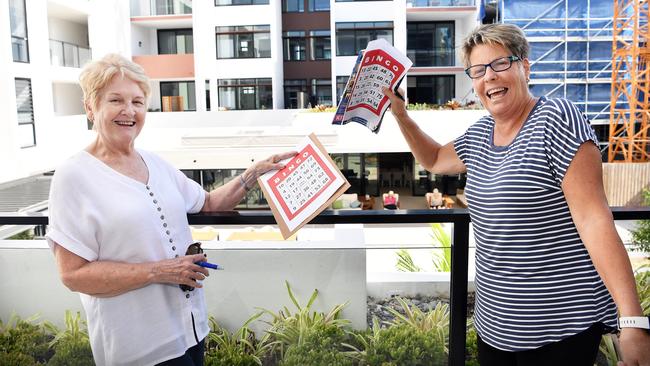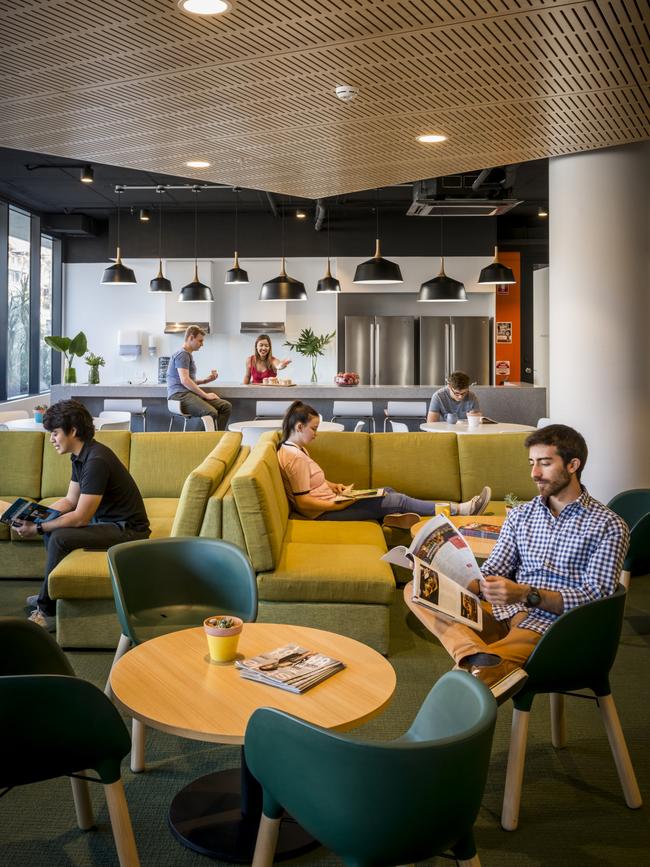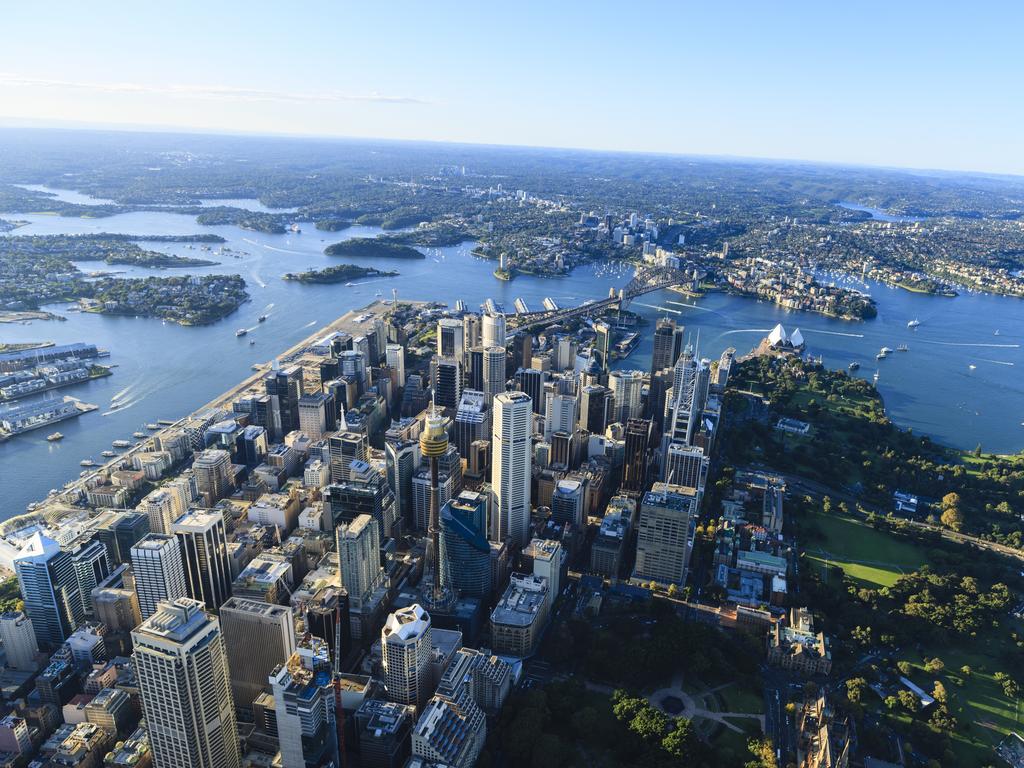Population forecasts: Prepare for the two Australias of 2032
Divergent population forecasts paint fundamentally different versions of the nation’s future.

Population forecasts matter. Policies regarding housing, interest rates, migration, and anything else, must take the size and makeup of our population into account. The size of the property industry rises and falls with the rate of population growth.
Currently only two major population forecasts are available, pending publication of the Australian Bureau of Statistics’ (ABS) projections in November.
Globally, the gold standard of population forecasts is the triannual World Population Prospects by the UN Population Division.
In its 2022 forecast, the UN expects Australia to reach a population of 28.7 million by 2032. That sounds like a lot of growth until we look at our homegrown population data from The Centre for Population.
The Centre for Population is part of Treasury and publishes projections used in the federal budget.
Every year, hidden away in an appendix of the Budget, an assumption about future net overseas migration figures can be found.
Population forecasts tend to have very similar assumptions regarding future births and deaths. Any difference in population size is the result of varying net overseas migration numbers.
As a migration nation, Australia gets about two thirds of its population growth from migration while the remaining third is due to national increase (more births than deaths).
Treasurers love high net overseas migration forecasts as this gives them more money to hand out.
While The Centre for Population is meant to be fully independent, it is at least structurally motivated to be bullish on population forecasts.
So, it was no surprise that The Centre for Population’s annual population statement from January 2023 projected a much higher population for 2032 (29.6 million) than the UN Population Division did last year (28.7 million).
We are now looking at two very different Australias in 2032. The forecasts are almost a million people apart because they assume different migration numbers. A difference of 902,000 people is no rounding error. Rather it fundamentally changes the future we should prepare for.

Both forecasts share assumptions regarding the population aged 45-plus. The assumptions regarding deaths are similar, and the 45-plus cohort isn’t impacted significantly by migration (migrants are overwhelmingly between 18 and 39 years of age). In both scenarios Australia continues to age, suggesting booms in downsizers, retirement villages, aged care facilities, independent living services (including ambulant nursing services and home remodelling).
The Centre for Population gives us an additional 622,000 people aged 18 to 39 compared with the UN forecast. A high migration scenario gives us plenty of people to plug the holes in retail, hospitality and even the care industry. Growing old in an Australia with sufficient care workers is going to be much more comfortable.
Adding 186,000 more people aged 18 to 22 assumes a huge boom in international education – student accommodation looks like a great investment. Having more people in their 20s also means the demand for rental accommodation will be extremely strong. The build-to-rent market will skyrocket in this scenario.
Let’s assume for a second that we want the bullish forecast to become a reality. What policy changes are needed? Policies aimed at amping up our low birth rate can largely be ignored. We learned from nations with extremely low birth rates like China and South Korea that policy interventions don’t lift the birth rate much.
People only have more kids when sizeable properties are affordable and when they are optimistic about their own future prosperity.
Politicians should forget about baby bonuses and instead focus on housing affordability. Universal free childcare doesn’t drive up births an awful lot, but it improves our economy as it incentivises more parents (mostly mothers) to return to the workforce sooner or for longer hours.
The main challenge if we want to grow our population base will be to attract the 235,000 net new migrants that The Centre for Population expects to settle in Australia every year until 2032. This is not an unrealistic assumption, as that’s roughly the pre-pandemic norm. But, globally, the competition for a shrinking pool of talent (the global population aged 18 to 39 is stagnating and will shrink soon) will make it increasingly difficult to attract migrants.
Australia needs to offer a transparent and easy pathway to citizenship to attract permanent migrants. Making housing affordable again is also crucial in attracting sufficient migrants. An overhaul of the visa system is also needed.

The closer to The Centre for Population figure we get, the more urgently we need to add fresh housing stock and upgrade infrastructure. Whatever we are doing now is nowhere near enough to alleviate the housing affordability crisis. New stock is crucial, incentivising developers to add stock fast must remain a priority. Systemic barriers to block new development must be eliminated.
Whatever forecast you wish to become reality, we are talking about two fundamentally different versions of the future here. In one scenario, we lack workers, and the skills shortage worsens. Caring for the ageing population becomes so difficult that the care system faces collapse.
In the other scenario, Australia has about 622,000 more people aged 18 to 39 available to fill healthcare jobs. Sounds great until we realise that the 902,000 additional Australians need to be housed as well.
The current system isn’t providing enough new homes to make that happen. Obviously, none of the negative outcomes are inevitable. Our view of the future matters because it dictates policy, it dictates funding preferences.
Again, we see how dangerous it is to not have our national housing and migration targets linked. If Treasury wants to grow the migrant base (plenty of arguments for doing so) it better also helps amping up the supply of housing (a publicly owned housing developer might be needed here) and infrastructure.
Anyone arguing for lower migration figures, like in the UN forecasts, needs to solve the skills shortage (especially in the care sector) while relying on relatively few people in their 20s and 30s.
That scenario is only plausible when we assume major job losses through innovations like AI and automation in almost all industries. Such a scenario could free up workers and push them into the understaffed healthcare system.
Neither scenario is easy to manage, but both deserve our full attention as we prepare to manage our future. Prudent business owners prepare for both scenarios while lobbying for their preferred outcome.
Simon Kuestenmacher is the co-founder of The Demographics Group based in Melbourne






To join the conversation, please log in. Don't have an account? Register
Join the conversation, you are commenting as Logout